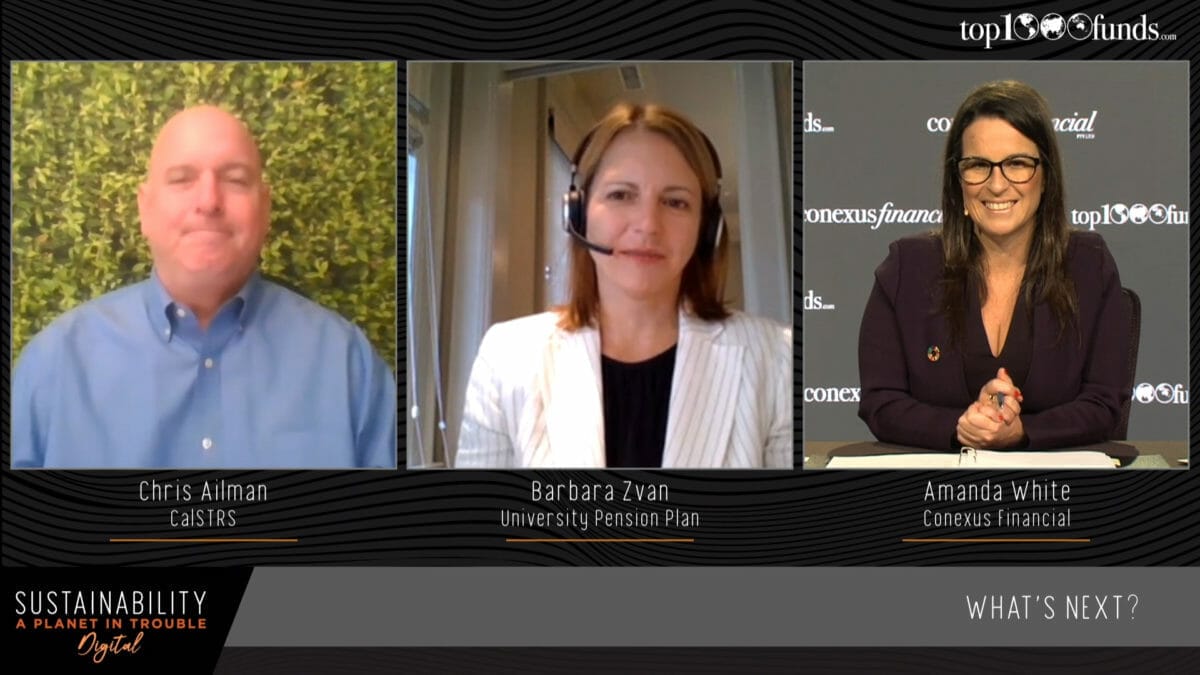Businesses have a huge role to play in containing global environmental risks. And because they have great leverage on companies, so too do investors. The idea of “ethical” or “green” investing has gained ground in recent years, but it is hampered by a lack of quantitative definitions.
We propose that the Planetary Boundaries framework, devised by Rockstrom et al. in 2009, is a good starting point.
The framework takes nine dimensions of planetary health – measurable criteria such as concentrations of greenhouse gases, or biodiversity loss. It then attempts to establish how far each of these can change without risk of provoking sudden, irreversible damage to the environment. We have also developed a way to apply the Planetary Boundary framework to investment decisions; specifically, we quantify the environmental impact for every USD1 million of annual revenue businesses generate.
If a company’s activities lie within the safe levels for each of the nine dimensions over the whole of the product value chain, then the firm (and potentially its stocks and bonds) can be viewed as being environmentally sustainable; if not, then the business is likely to be speeding up global environmental degradation.
The nine dimensions of the Planetary Boundaries framework are: climate change, biodiversity loss; biochemical flows; chemical pollution; land-system change; freshwater use; ocean acidification; ozone depletion and atmospheric aerosol loading.
We will examine each of them in turn, suggesting changes that we think are necessary to make the metrics more relevant to the investment process.
Investment is often focused on short-term metrics, while planetary health demands a long-term horizon. We have chosen short-term, local metrics that have long-term, globally systemic consequences. But we acknowledge that this also implies an assumption that incremental changes are sufficient to maintain planetary health.




